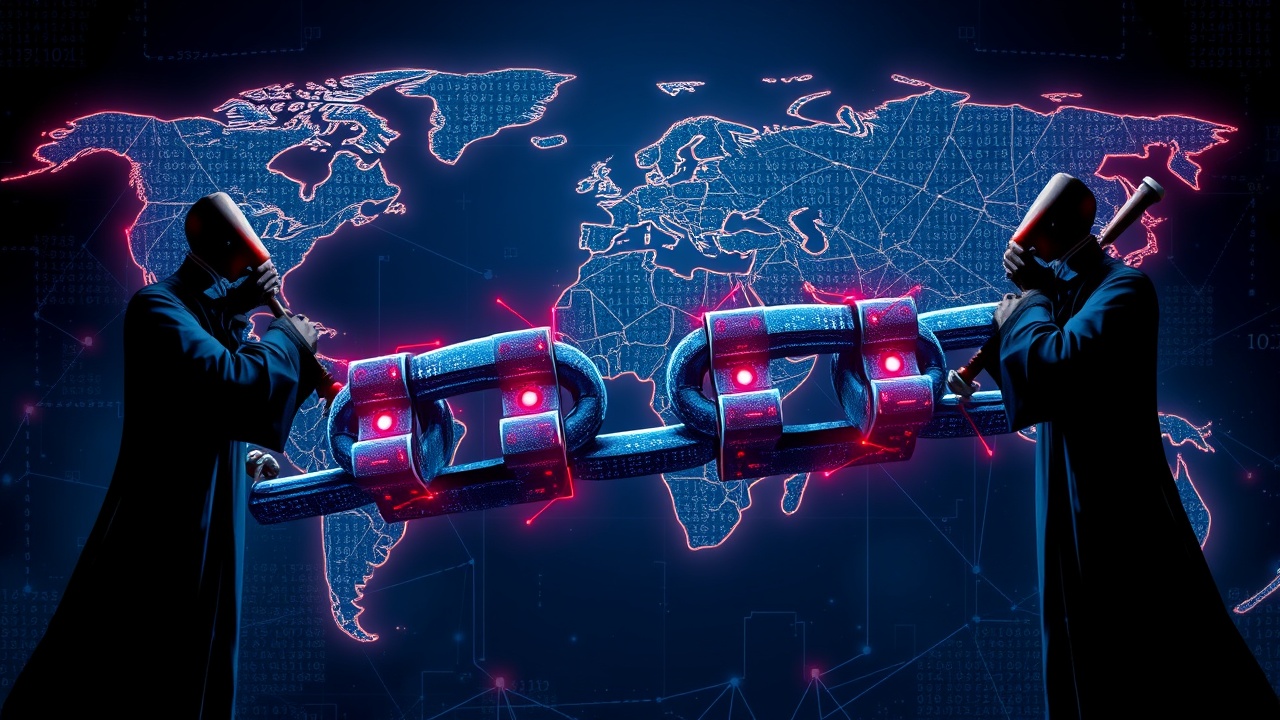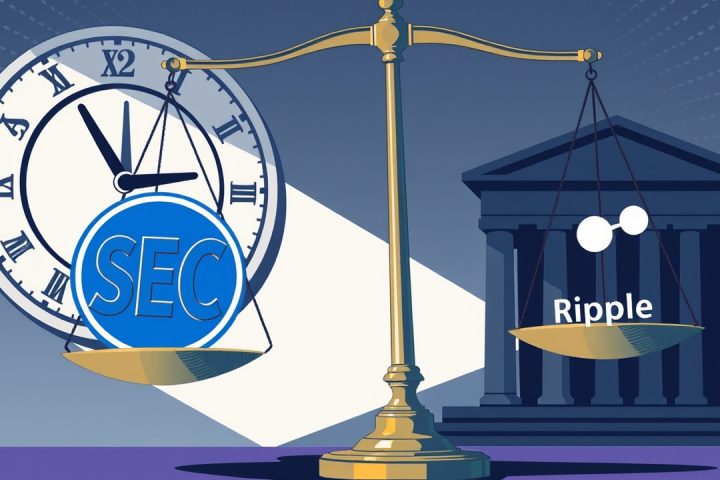Clash Between Decentralization and Global Privacy Regulations
In the rapidly evolving landscape of blockchain technology, a significant clash is unfolding between the principles of decentralization and the strict demands of global privacy regulations. As financial technology ventures into the realm of decentralized finance (DeFi) and non-fungible tokens (NFTs), they are encountering formidable challenges posed by regulations like the General Data Protection Regulation (GDPR) and the California Consumer Privacy Act (CCPA). A recently published Chainalysis report reveals that penalties related to privacy compliance in the blockchain sector surged by 240% year-over-year in 2023, highlighting a pressing need for these companies to navigate the complex regulatory environment effectively.
Overview of Privacy Regulations
Multiple jurisdictions have embraced laws aimed at safeguarding personal data, notably the CCPA in California, the Personal Information Protection Law (PIPL) in China, and the GDPR in the European Union. While the common goal is the protection of personal information, these regulations diverge significantly in their application and requirements.
- CCPA is specific to California residents.
- Both PIPL and GDPR extend beyond national borders, influencing how data belonging to citizens in one country can be processed elsewhere.
The GDPR offers the broadest spectrum of rights, including the right to be forgotten and the right to data portability. In contrast, the PIPL prioritizes customer control over the data lifecycle, while the CCPA emphasizes transparency and the right to opt-out of data sales.
Challenges of Immutability in Blockchain
One of the central challenges for blockchain technology stems from its inherent characteristic of immutability, which directly contradicts the right to erase personal data as mandated by various privacy laws. As users demand the deletion of their information, blockchain’s unique problem of being unable to alter the ledger complicates regulatory compliance.
Technological Solutions for Compliance
Technological solutions are emerging to reconcile these discrepancies:
- Ceramic Protocol: Retains only the hash of sensitive data on the blockchain while allowing users to manage and store the original data securely.
- Arweave and ZK-Rollup for Logical Deletion: Allows data to be physically retained while being rendered logically invisible through zero-knowledge proofs.
- Hyperledger Fabric: In consortium blockchains, visibility can be controlled through node permissions, enabling data elimination by designated authorities.
- Aleo’s Programmable Privacy Layer: Uses zero-knowledge proofs to allow selective information disclosure while maintaining privacy.
Balancing Anonymity with KYC Requirements
Compliance extends beyond just data erasure; it also involves balancing anonymity with Know Your Customer (KYC) requirements. The blockchain sector is innovating new mechanisms to reconcile these aspects:
- Ethereum Name Service (ENS) and Decentralized Identity (DID): Provides a readable identifier for controlled information disclosure.
- Polygon ID: Uses zero-knowledge proofs for KYC checks without infringing on user anonymity.
- Circle’s TRUST Framework: Allows Virtual Asset Service Providers to securely share KYC information to comply with the FATF Travel Rule.
Smart Contracts and Compliance
Smart contracts have the potential to enforce data subject rights more effectively. For instance, Aave’s Data Processing Impact Assessment (DPIA) mechanism integrates user voting on data changes into DAO governance, reinforcing transparency. Similarly, Filecoin automates data lifecycle management, ensuring compliance with regulations.
Innovations in Cross-Border Compliance
To comply with the PIPL, Chinese blockchain firms are innovating models that segregate domestic and overseas operations. The Changan Chain employs a dual-layer architecture for compliance while Oasis Network and Ant Chain’s Trusple platform integrate compliance frameworks with smart contracts.
Conclusion
As Vitalik Buterin, Ethereum’s co-founder, notes, the future of blockchain privacy solutions must inherently incorporate compliance aspects. Projects that align technological advancements with regulatory requirements are shaping a modern approach to Web3, ensuring the spirit of decentralization thrives alongside comprehensive compliance.




